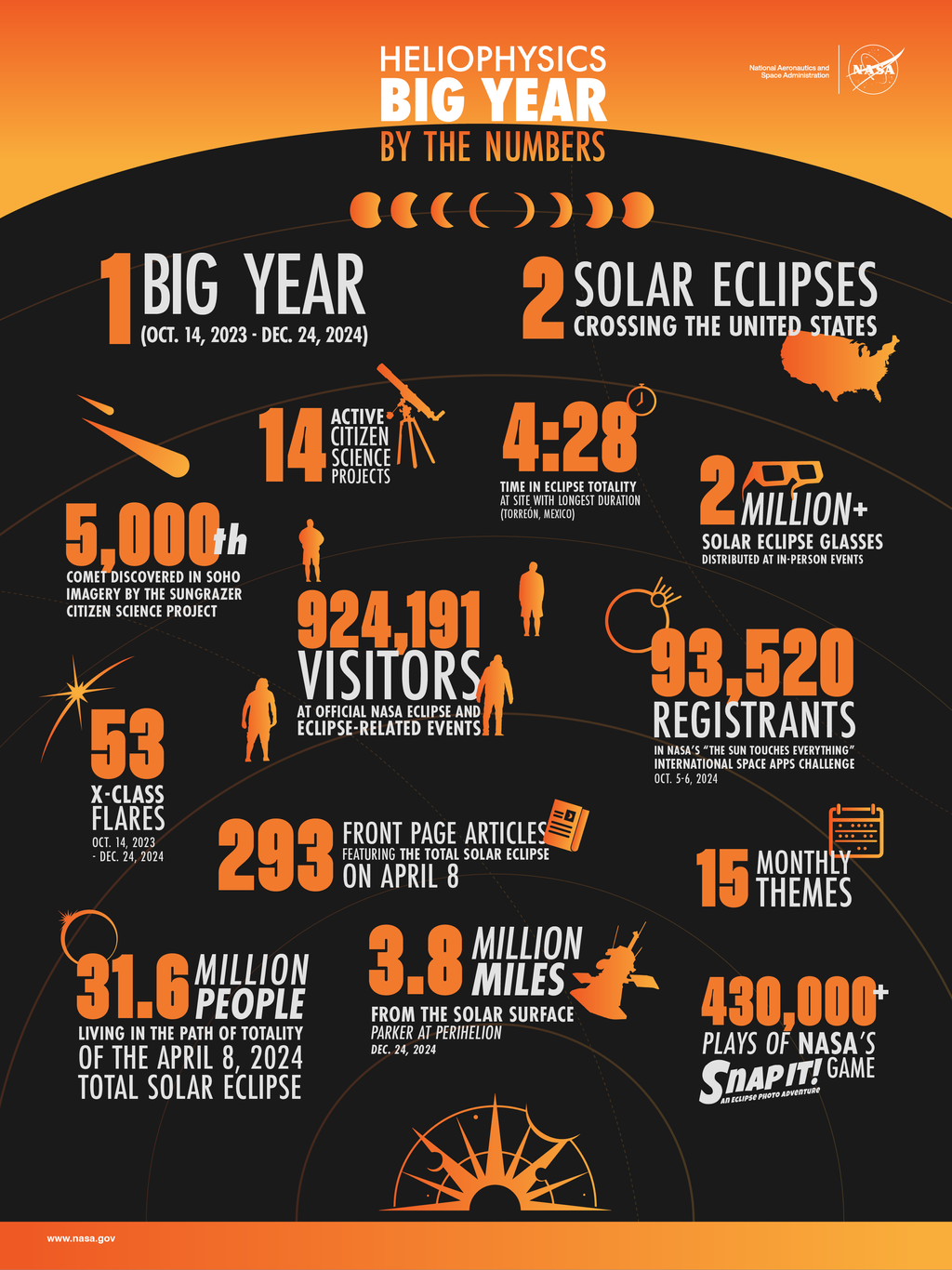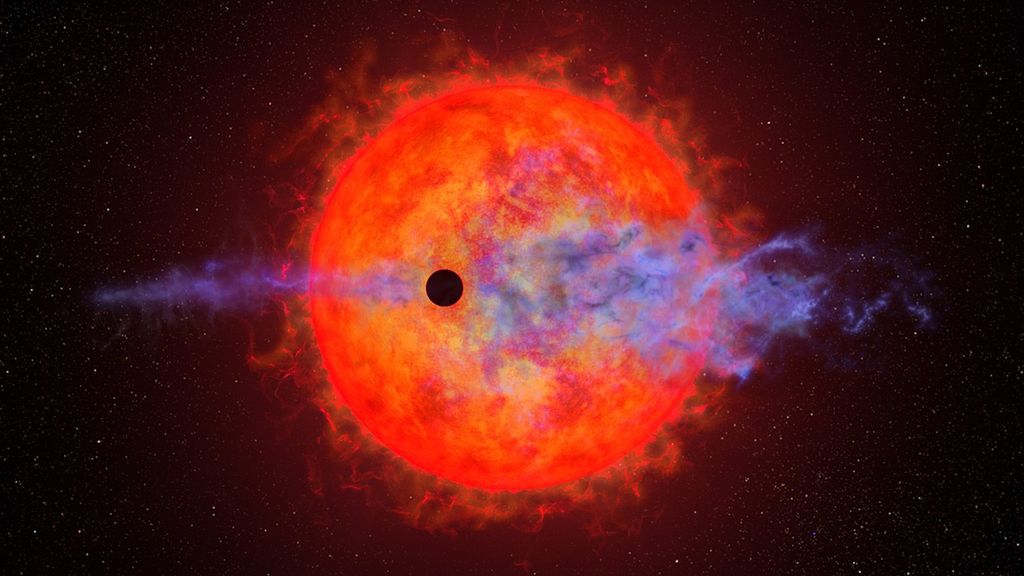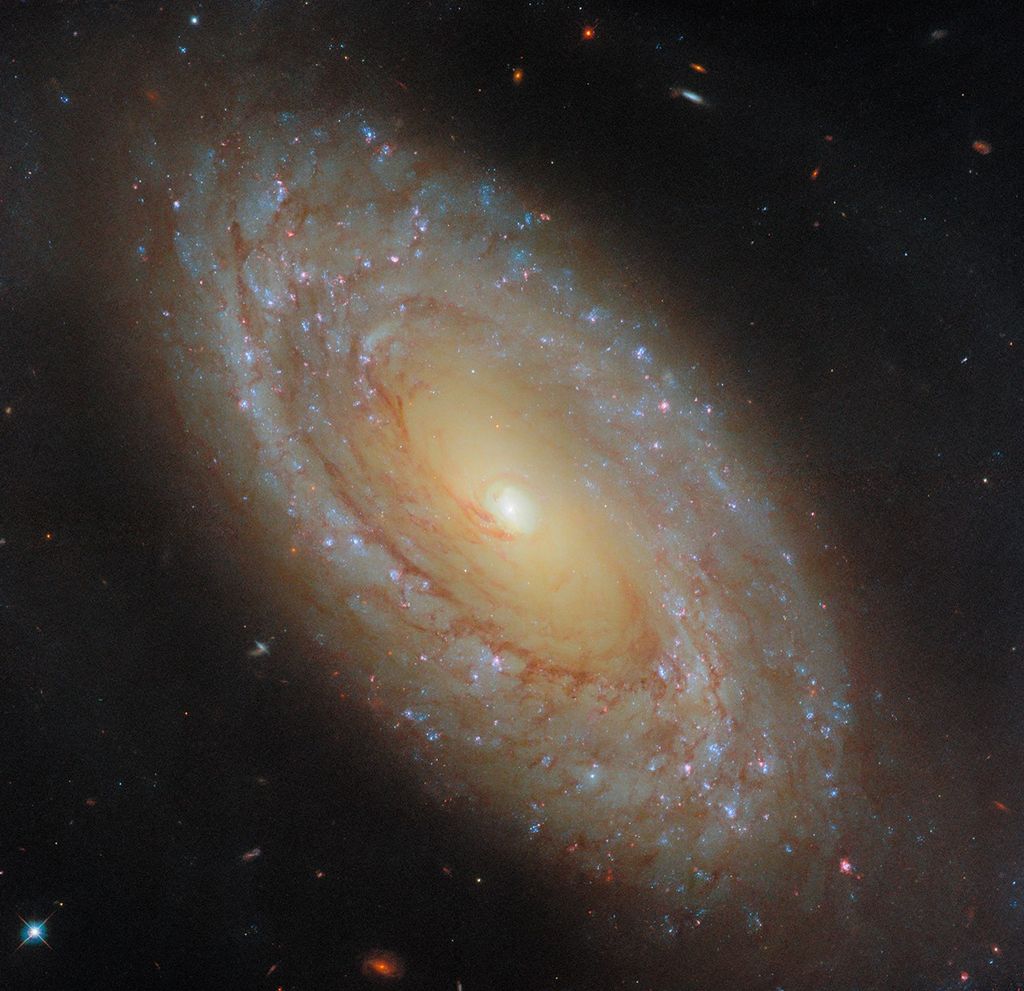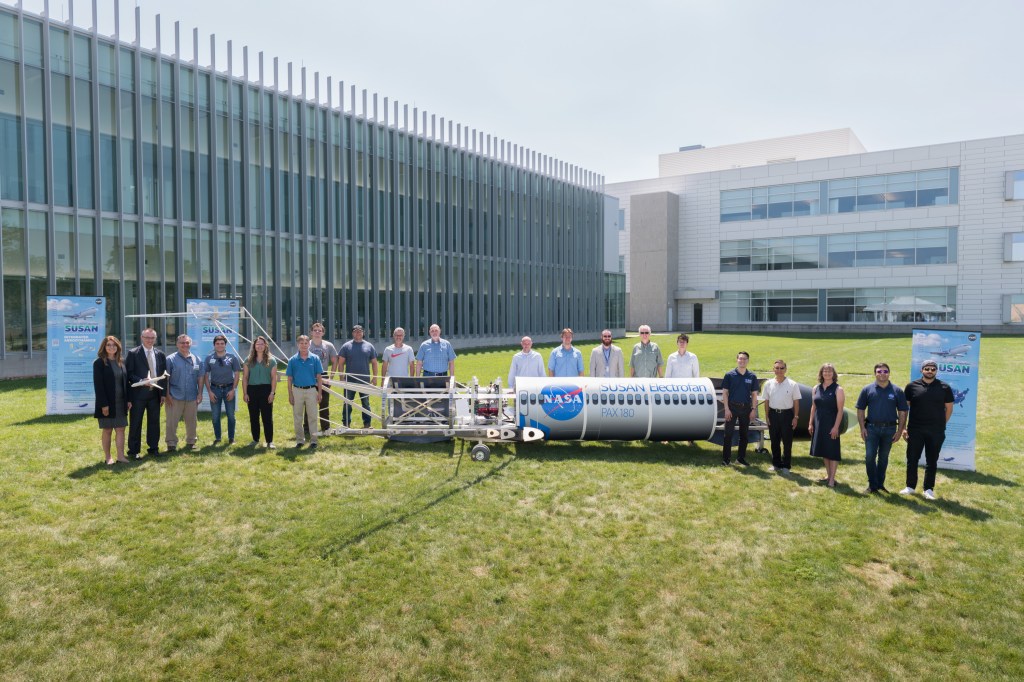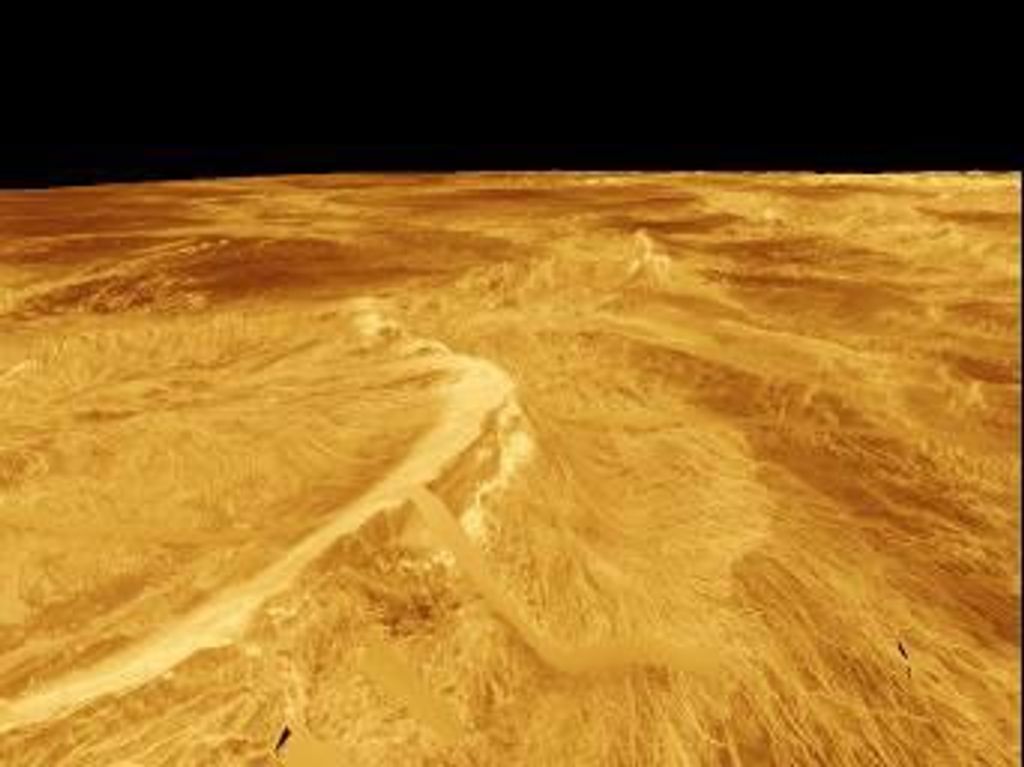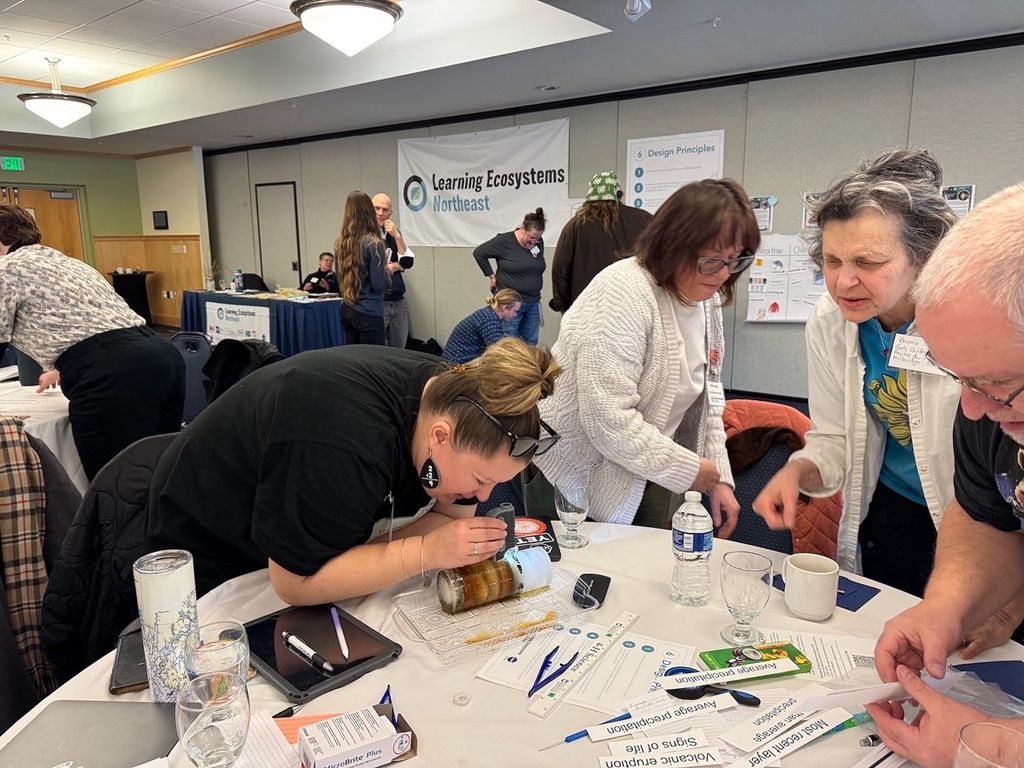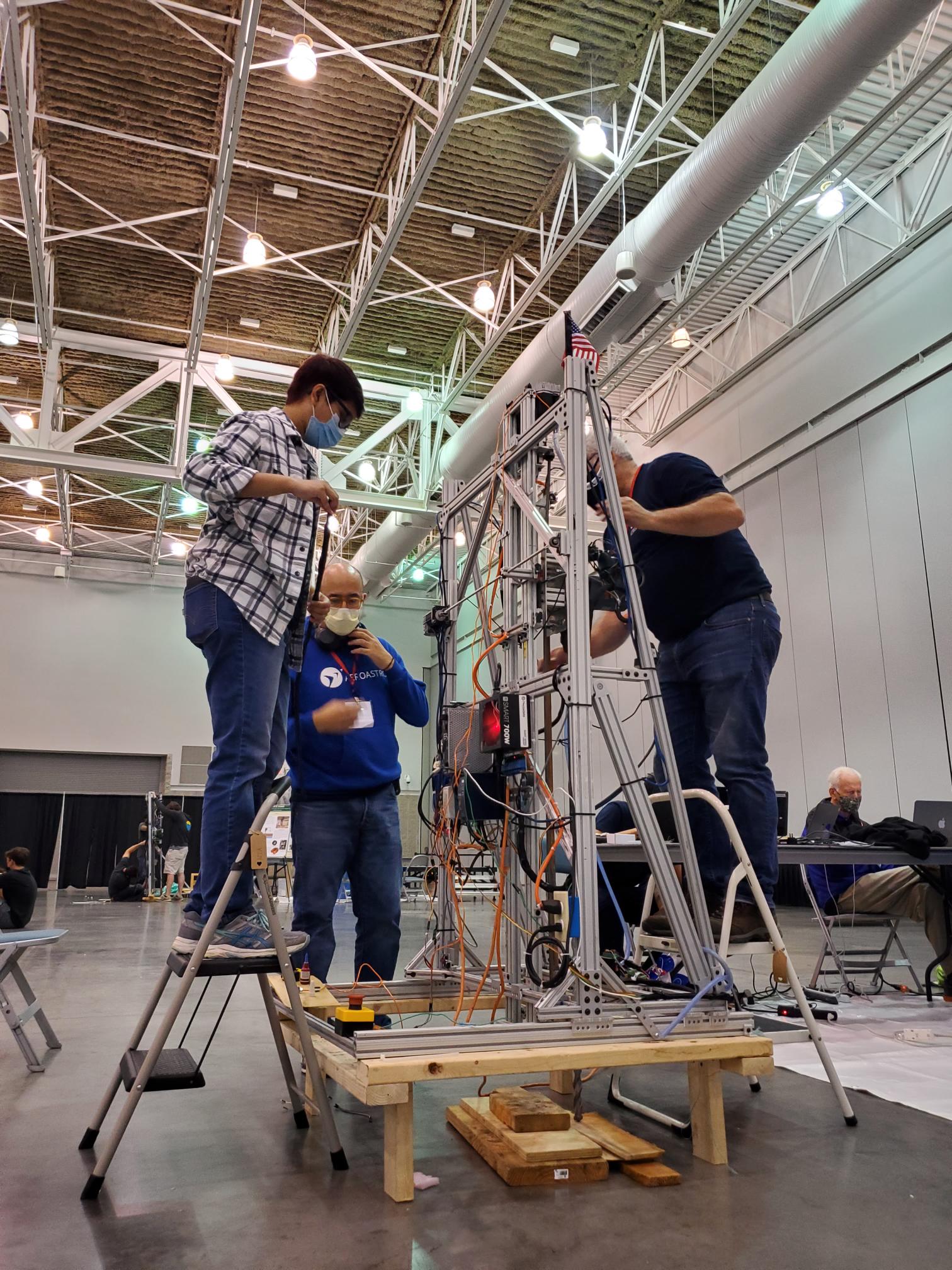
Ten university teams designed and built systems intended to harvest water frozen below the surface of the Moon and Mars. The teams put their prototypes to the test during the 2021 Moon to Mars Ice & Prospecting Challenge held September 23-25 at the Hampton Roads Convention Center in Hampton, Virginia.
Taking top prize of $6,000 was the Massachusetts Institute of Technology (MIT) team from Cambridge with HYDRATION III: High Yield Dihydrogen-monoxide Retrieval And Terrain Identification On New worlds.
“I think one of the determining factors in the MIT’s excellent performance was the test program they set up,” said Dr. Jeffrey Hoffman, MIT team faculty advisor and former NASA astronaut. “They tried to duplicate as closely as possible the conditions they would face in the actual competition, and that allowed them to refine the hardware, software, and procedures. They followed the famous advice we give to anyone working on a space project, test like you are going to fly, and fly like you tested!”
Since 2017, NASA has engaged students in exploring ways to harvest water off Earth through its Revolutionary Aerospace Systems Concepts – Academic Linkage (RASC-AL) Special Edition: Moon to Mars Ice & Prospecting Challenge. The competition requires students to design, build, and test a system to extract water from ice buried under an unknown number of layers of clay, concrete, sand, and other material meant to simulate a lunar or Martian surface. Teams must also use feedback from their drills (penetration rate, depth, and power) to produce a digital core representing their estimation of each layer’s depth, hardness, and thickness. These types of prospecting skills will help inform the development of tools that could be used to harvest sub-surface water ice for fuel and consumables on the Moon and Mars.
“Drilling into billion-year-old ice at Mars to obtain water for future crews will be very challenging. These university teams are helping us understand how to extract this incredibly valuable resource off Earth,” said Richard (Rick) Davis, assistant director for science and exploration in the Science Mission Directorate (SMD) at NASA Headquarters. “These teams have done a tremendous job of navigating around the challenges presented by the pandemic, and we are very excited to work with the students and see their creative solutions for drilling at Mars”
The systems developed by the teams aim to inform in-situ resource utilization (ISRU) advancements for crewed Artemis missions to the Moon, and ultimately Mars. In-situ resource utilization is the ability to generate products with local materials.
“The challenge allows us to examine a suite of innovative solutions addressing a critical capability, but it also showcases the next generation of aerospace engineers and leaders,” said Walt Engelund, deputy associate administrator for programs in the Space Technology Mission Directorate (STMD) at NASA Headquarters. “Shaping and connecting with the future workforce is as important as their potential technology developments.”
Northeastern University received second place and $4,000. Recognition in the following areas also went to:
- Lightest System Mass: University of Pittsburgh, 89.84 pounds (40.75 kilograms)
- Most Innovative Concept: University of Pittsburgh
- Most Accurate Digital Core: California Polytechnic Institute
- Clearest Water: South Dakota State University
- Best Technical Poster: MIT
- Best Technical Paper: Northeastern University
- Most Water Collected: MIT
During the competition, teams mounted their technology prototypes on individual test stations composed of 4-foot-tall commercial fishing coolers filled with, unknown to them, 600-pound ice blocks, 200-pounds of aerated concrete, 250-pounds of a sand and rock mixture, and over 100 pounds of pitcher’s mound clay. They were given one day to set up and test their systems and two days to conduct operations to penetrate the soil and rocks and extract water from the ice (earning more points for water collected during autonomous, “hands-off” operations). Teams were judged on their water extraction in both operations methods, as well as water clarity and accuracy of their core composition. NASA judges also rated teams on their technical paper and poster presentation which described how the systems could be adapted for possible use on the Moon and Mars.
U.S. industry is an important partner to NASA as they work together to explore the Moon and Mars. Honeybee Robotics, a returning industry sponsor of the challenge, is also developing space mining technologies. Honeybee subject matter experts help guide the development of the challenge and are judges during the competition.
“Being able to be here with the students is refreshing. Seeing their ideas on such a vital aspect to space exploration causes new thinking for those of us in the trenches,” said Dean Bergman, director of business development at Honeybee Robotics. “The thinkers of today are going to be the space explorers of tomorrow. We are honored to support their efforts and the innovation this forum brings to NASA and to industry working on ISRU.”
Other industry partners include Aercon LLC and Pancopia Inc.
The 2021 RASC-AL Special Edition Moon to Mars Ice and Prospecting Challenge is sponsored by NASA’s Office of the Chief Technologist, Science Mission Directorate, Space Technology Mission Directorate, with support from the Systems Analysis and Concepts Directorate at Langley. The competition is administered by the National Institute of Aerospace.
To learn more about RASC-AL Special Edition: Moon to Mars Ice & Prospecting Challenge, visit:
http://specialedition.rascal.nianet.org
For more information about NASA’s Moon to Mars exploration plans, visit:
https://www.nasa.gov/moontomars



